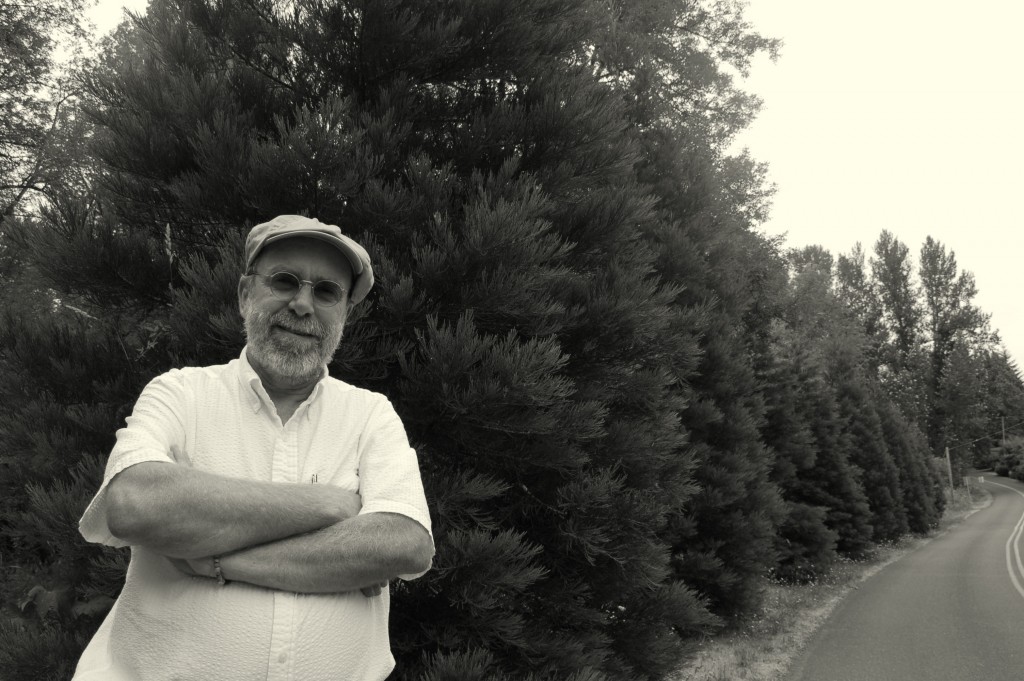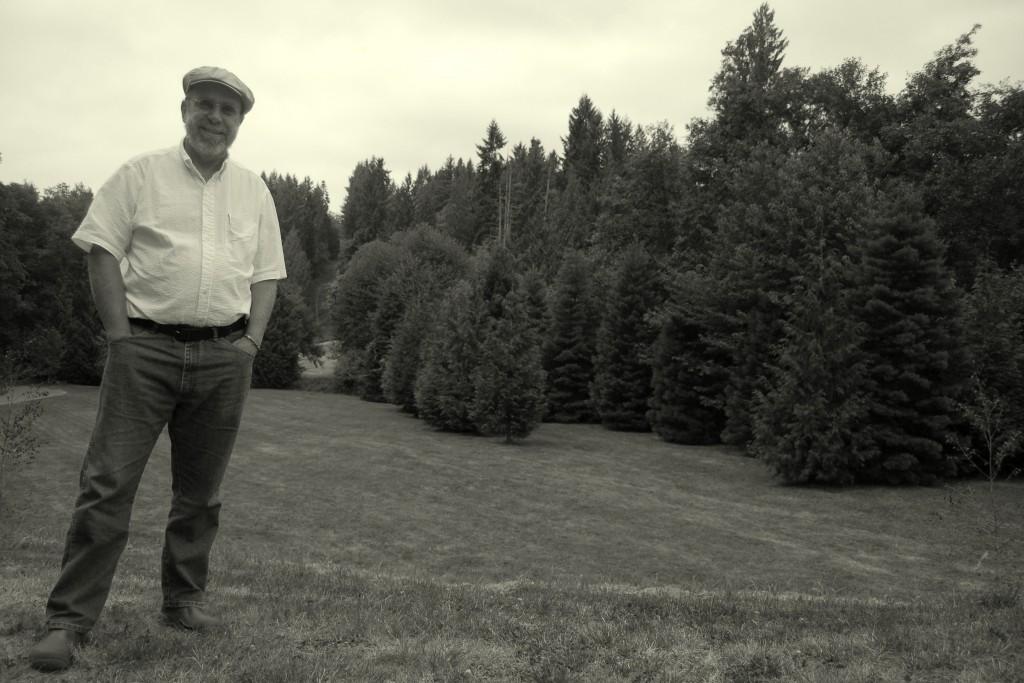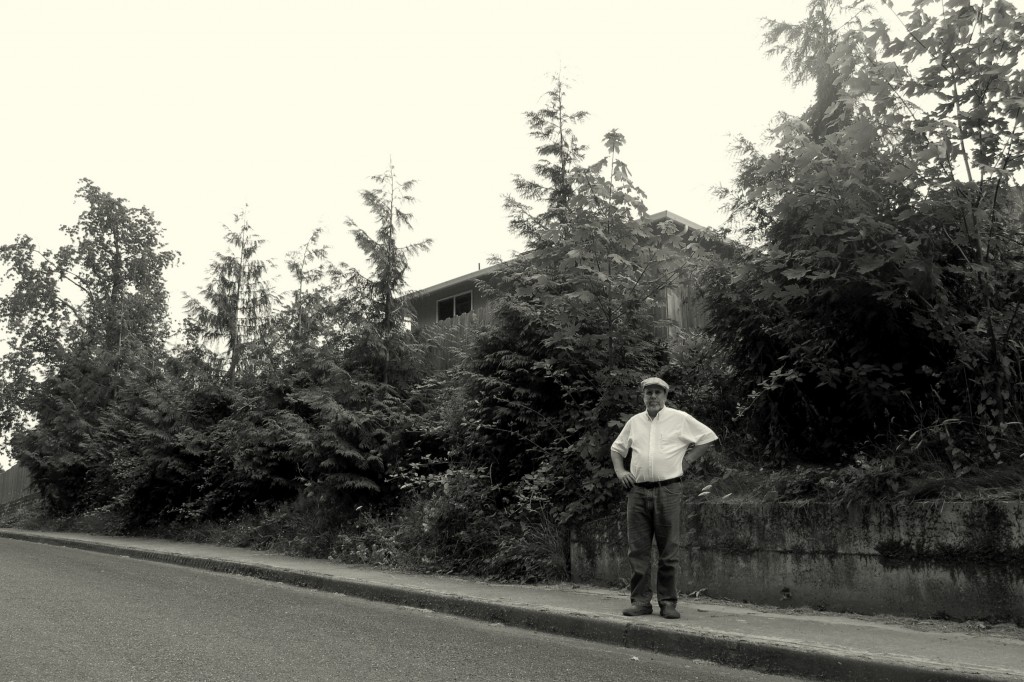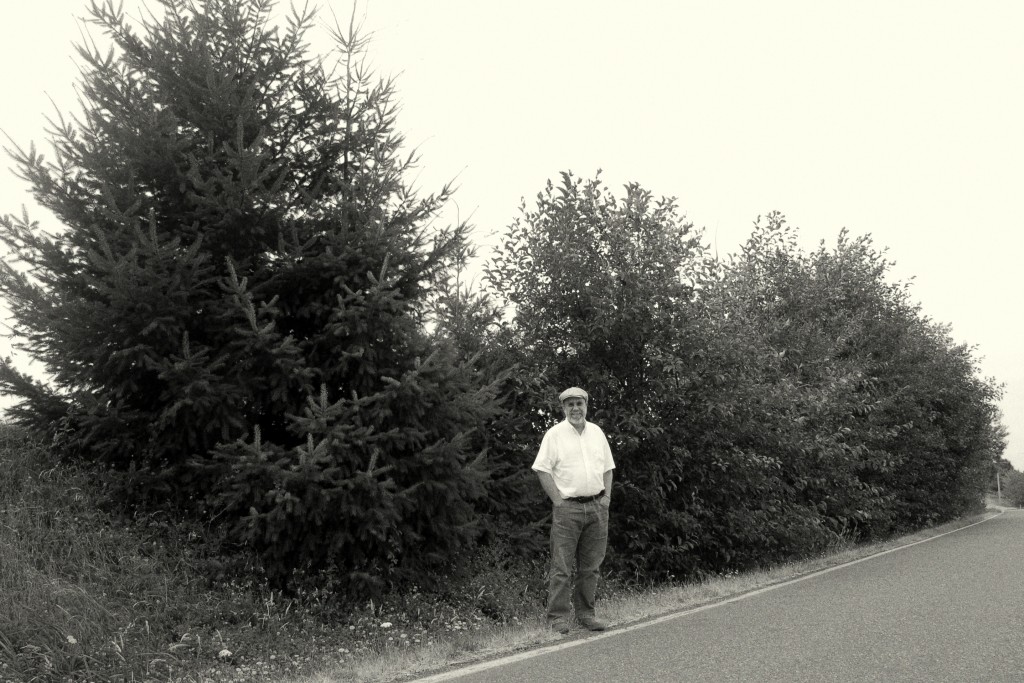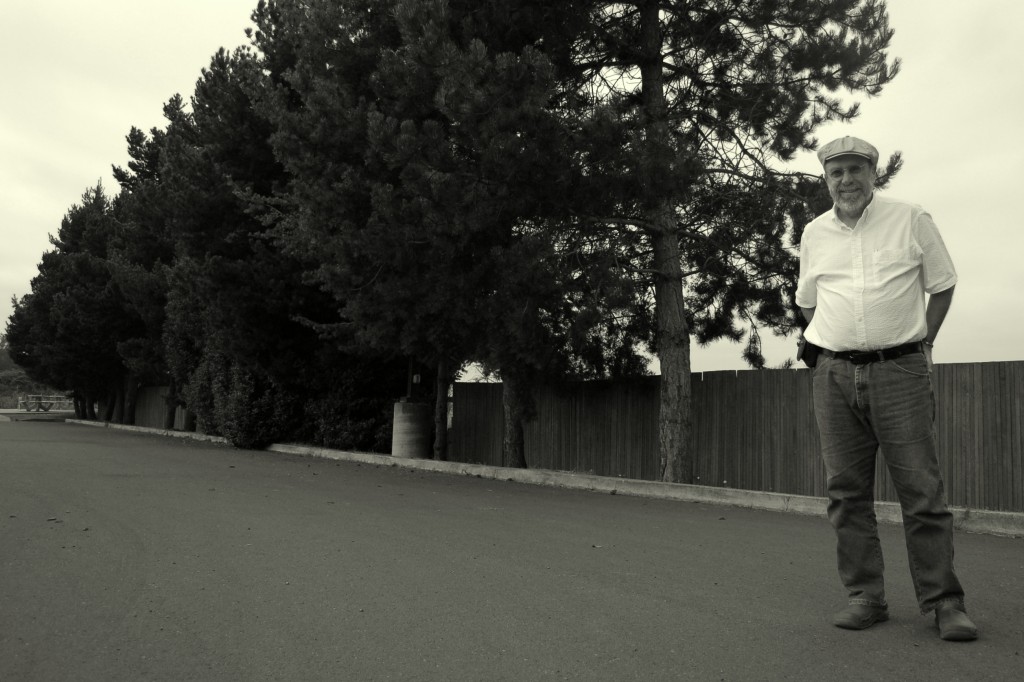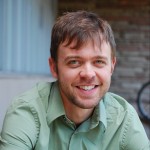R. B. Moreno
The greatness of Tristes Tropiques lies not simply in this sensitive reportage, but in the way Lévi-Strauss uses his experience—to reflect on the nature of landscape, on the meaning of physical hardship, on the city in the Old World and the New, on the idea of travel, on sunsets, on modernity, on the connection between literacy and power.
—Susan Sontag, “The Anthropologist as Hero” (1970)
Let’s start at the beginning, with the warning light at the intersection of Main and Pioneer and a little tributary that hardly moves at all. Soon enough, the blinking above the blacktop will be visible from the Nazarene Church my mother now prefers to the upriver Presbyterians and the hilltop Catholics. But some mornings, like this hazy Sunday in June, the unchurched get lost; we can’t make out the light, or the liquor store, or the sign about the 9 a.m. service and the daycare and the high probability of damnation. In leaving the church, in following the old wagon track, much of what’s familiar becomes ornamental. And would you look at these trees? When the boughs begin to whisper and shimmer, when the corner of Main and Pioneer becomes something green and magisterial, I think my father might have intended a cathedral.
They felt like the sidewalks were for people walking. And if people like trees, well, plant your own on your own property. So there was an old philosophical thing that sidewalks and trees didn’t mingle. When we put all the pear trees in town, there was a big, big argument about cutting the sidewalk. They were very much against it. This was just going to lead to problems.
My father is telling me about his years as City Forester in a county that can barely contain itself, culturally speaking. Come July, pamphleteers who memorize the Constitution favor our town: big tractors, baked salmon, showers of candy. A whole Camelot of dairy queens, plus the women of the Garden Club clinging to John Deere, drowning the marigolds beneath my father’s pears. The Mayor’s office remained unthinkable, all those years, on account of his green card. Yet the City Forester once drove a rig down Main Street, pulling a rival display of exotica for the tourist crowd: Swamp Cypress, Blue Spruce, Norfolk Island Pine.
Can gobernancia—like anthropology, like a seedling on Independence Day—become an art form? A way of cracking the sidewalk in ways we hardly notice?
Sontag’s “The Anthropologist as Hero” makes me uncomfortably aware of the grand vision we immigrants’ sons have fashioned for ourselves. Its origins in delusion, I mean to say, which might be found in an orange volume bearing her essay’s title, except that the title essay has been torn away. Two dollars, says the woman at the counter. A bargain. Writing Ethnographic Fieldnotes goes for $4.
The way my father tells it, his own father, another Raul, thought living a good life meant planting a tree, raising a child, and writing a book. But Raul Jr. wasn’t good with books. Loathed them, in fact. He ran away to agronomy school, married a teacher, opened a tree farm. When my father’s son came of age, the boy was handed shovel and raincoat. He protested, but not in Spanish and not very well. This will be fun, said my father.
So I gave you the cedars, and you planted the cedars in front of the other trees. You planted them along the creek. And the Boy Scout projects were ongoing, every year, without the city’s permission. And the city had a very grouchy caretaker who one time pulled all our trees and threw them in the creek. We were so mad that we put out a reward, you know, trying to find out which kid had messed with our trees. And we went to The Reflector, and The Reflector wrote a story about vandals pulling trees out of the bank and throwing them in the creek. Little did we know it was our own guy.
My father stands at another intersection, inspecting another column of green that did not have permission to materialize. In the photo I take after turning on the recorder, he has this gleeful look about him, all rounded spectacles and crossed arms, because these spreading trunks and star-shaped canopies are now beyond question. They’ve always bordered the elementary school and the playground and the best sledding hill in town.
There is no universal truth about the relations between, say, AGRONOMY and social structure. There are only models showing the variability of one in relation to the other.*
And the idea here was that when we played on the hill, there was no way to stop, before you hit the road. Remember we had that little cart with wheels? Or whenever it was snowing? This was prime sledding ground. This was a lot of fun. So I always had an idea that the field of grass needed to be edged with some sweetgums that I grew from seed. I really liked them. So we put in these little saplings, and we lost two or three, but not too bad. And eventually the city put a sidewalk. And the school put a fence, but the trees were before the sidewalk and the fence. And now they’re just meant to be.
So now the participant observer begins to question every piece of greenery—everything vertical and vaguely natural-looking, right? The human vision behind it, or lack thereof. But enough field-noting. Perhaps you can tell already: I don’t have enough patience for heroism, for vaunted anthropology. Or other kinds of heroics, to be honest. You see this little arrow button? Let’s speed up the tape.
Okay so here we are at the marina on a Sunday. A lot of people with trailers behind their trucks. People launching boats from the public ramp. And then on the north side of the parking lot, there’s this line of trees >> The bank of the road looked like an ideal place to sprinkle Douglas Fir seed, because they wouldn’t be on the farmer’s field. They would be right in front of the high school >> That walkway with the huge oaks? We went into the refuge and planted those trees. We felt that Fish and Wildlife wasn’t replanting enough oaks. So we were careful to plant it with native acorns. Many years later, many of those made it and they’re 10, 15, 20 feet high >> So before the houses were built and after the perimeter of the development was established, I thought about one winter planting some red cedars, thinking this will hide the houses a little bit >> Sequoias, and these are the crown jewels. Planted when they were about 24 inches. And we lost one top—somebody harvested a Christmas tree—but look, it regenerated itself.
For the AGRONOMIST, the world is professionally divided into “home” and “out there,” the domestic and the exotic, the urban academic world and the tropics. The AGRONOMIST is not simply a neutral observer. He is a man in control of, and even consciously exploiting, his own intellectual alienation >> Courage, love of adventure, and physical hardiness—as well as brains—are called upon >> The AGRONOMIST, so far as his own country is concerned, is sterilized politically. He cannot seek power, he can only be a critical dissenting voice.*
In ways not unlike his son, my father was (is) the forgetful, easily distracted kind of hero. I remember thinking, as a child, that my father carried his machete so as to protect and defend his favorite color, and the green card as a reminder of its hue.
It was a very nice old homestead with some huge trees. So there was a big controversy over whether the developer needed to leave some trees. As it turned out, they left very few of the old trees, but we agreed that those would not be cut. And then one Sunday, the developer’s guy showed up, to get the last ones. So I threatened to call the sheriff.
And? [Wind picks up]
Oh, the poor guy with the tools was just a contractor. [Muffled] Eventually the trees got cut. They always get cut.
And the AGRONOMIST’s vocation requires the assumption of a profound detachment. Never can he feel himself “at home” anywhere; he will always be, psychologically speaking, an amputee.*
Look, it regenerated itself.
So the people were asking what? [Car passing]
If we had permission to plant these trees. [Laughter]
And the standard answer?
Yeah, I’m the City Forester. [Blue heron glides overhead] And look, they form a barrier. They form a beautiful place. They put out new branches, all the way down.
The AGRONOMIST is thus not only the mourner of the cold world of the primitives, but its custodian as well. Lamenting among the shadows, struggling to distinguish the archaic from the pseudoarchaic, he acts out a heroic, diligent, and complex modern pessimism.*
The Master Plan is a fancy waterfront development with condos and restaurants and things like that. There will be an overpass crossing the railroad tracks. So this, this is bound to change. So I’m going to come here and plant another one.
The species again?
The story begins again, but I’ve heard this part already.
Giant sequoias, and these are the crown jewels—
*The lowercase portions of these paragraphs have been borrowed from the following:
Sontag, Susan. “The Anthropologist as Hero.” Claude Lévi-Strauss: The Anthropologist as Hero. Ed. E. Nelson Hayes and Tanya Hayes. Cambridge: MIT, 1970. 184-196. Print.
